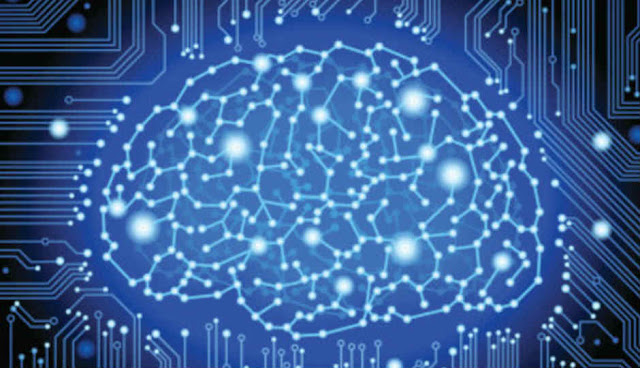
A team of scientists from Johns Hopkins, University of California San Francisco and Howard Hughs Medical Institute have created the world’s first full 3D map of neural connections in a fruit fly's brain.
The new image has revealed neural connections that scientists had previously been unaware of, shedding light on some important aspects of a fruit fly’s behaviour. Fruit flies may seem like an odd choice for such scans, but scientists say that fruit flies exhibit complex behaviour whose roots have been traced to neural connections. Fruit flies exhibit memory recall, learning and even courtship dances as part of their behaviour and with an adult fruit fly’s brain being considerably small, roughly the size of a poppy seed, it was easy to work with. In order to get a 100 percent 3D scan of the brain, the team had to develop new hardware and software technique.
They first sliced the brain into 7000 sections, each of which was shot with a beam of electrons. A high-speed camera was used to take high-resolution images of each slice, and the data set was composited in a custom-made software to generate a 3D-map. The final result has revealed neural connections that scientists were not aware of earlier, shedding light on understanding the algorithms that contribute to the complex behaviour of a fruit fly.
The team believes that the algorithms controlling the fruit fly’s complex behaviours are implemented by neural circuits and neural circuits are in large part defined by the synaptic connectivity between neurons. Understanding these connections is a starting point for understanding the algorithms determining complex behaviour. While the research looks at a fruit fly’s brain, the team says that the technique has the potential to be scaled up. However, the scans generate massive amounts of data, which may be difficult to handle at this point.
The current experiment generated 21 million images from 7000 slices of a brain the size of a poppy seed, so it isn’t hard to imagine just how vast the data set would be for a brain that was bigger. However, as techniques and computing power improves, it may not be too far fetched to have scans like these on human brains.
The new image has revealed neural connections that scientists had previously been unaware of, shedding light on some important aspects of a fruit fly’s behaviour. Fruit flies may seem like an odd choice for such scans, but scientists say that fruit flies exhibit complex behaviour whose roots have been traced to neural connections. Fruit flies exhibit memory recall, learning and even courtship dances as part of their behaviour and with an adult fruit fly’s brain being considerably small, roughly the size of a poppy seed, it was easy to work with. In order to get a 100 percent 3D scan of the brain, the team had to develop new hardware and software technique.
They first sliced the brain into 7000 sections, each of which was shot with a beam of electrons. A high-speed camera was used to take high-resolution images of each slice, and the data set was composited in a custom-made software to generate a 3D-map. The final result has revealed neural connections that scientists were not aware of earlier, shedding light on understanding the algorithms that contribute to the complex behaviour of a fruit fly.
The team believes that the algorithms controlling the fruit fly’s complex behaviours are implemented by neural circuits and neural circuits are in large part defined by the synaptic connectivity between neurons. Understanding these connections is a starting point for understanding the algorithms determining complex behaviour. While the research looks at a fruit fly’s brain, the team says that the technique has the potential to be scaled up. However, the scans generate massive amounts of data, which may be difficult to handle at this point.
The current experiment generated 21 million images from 7000 slices of a brain the size of a poppy seed, so it isn’t hard to imagine just how vast the data set would be for a brain that was bigger. However, as techniques and computing power improves, it may not be too far fetched to have scans like these on human brains.
from Latest Technology News https://ift.tt/2Nxe6pC









